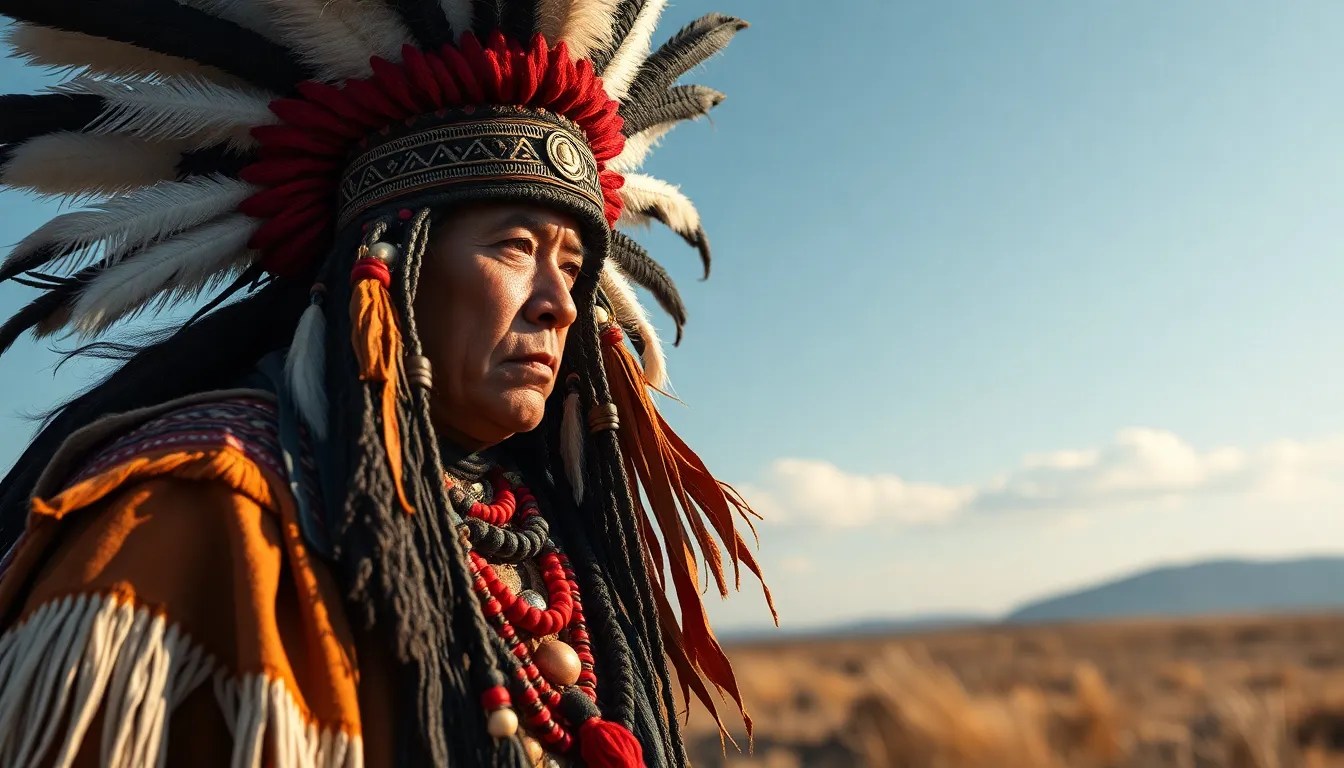Apache Shamanism: The Mystical Practices of Spiritual Healers
I. Introduction to Apache Shamanism
The Apache people, a group of culturally rich Indigenous tribes in the Southwestern United States, have a profound connection to their spiritual heritage and the natural world. Their culture is steeped in traditions that emphasize harmony with nature and the spiritual realm. Shamanism plays a pivotal role in Apache spirituality, serving as a bridge between the physical and spiritual worlds.
This article aims to explore the mystical practices of Apache shamanism, highlighting its historical context, the role of shamans, spiritual beliefs, rituals, and the contemporary revival of these practices. Understanding Apache shamanism offers insight into the resilience and richness of Indigenous cultures.
II. Historical Context of Apache Shamanism
Apache shamanism has ancient roots, with practices developed over centuries. Initially, these spiritual practices were shaped by the Apache’s nomadic lifestyle, their interactions with nature, and their experiences as hunter-gatherers.
- Origins and Development: Apache shamanistic practices likely emerged from early spiritual beliefs in natural forces, ancestors, and the interconnectedness of life.
- Pre-colonial Society: Shamans were integral to Apache communities, providing guidance and healing, and acting as mediators between the people and the spirit world.
- Colonization Influences: European colonization brought significant challenges, leading to the alteration of traditional practices due to cultural suppression and the introduction of new belief systems.
III. The Role of the Shaman in Apache Culture
In Apache society, the shaman is a revered figure, often seen as a healer, guide, and protector. The responsibilities of a shaman are multifaceted:
- Definition: A shaman is typically a person who has undergone a spiritual calling, often marked by personal hardship or a significant life event.
- Responsibilities: Shamans are tasked with healing the sick, conducting rituals, and providing spiritual guidance to community members.
- Gender Roles: While traditionally male shamans have been prominent, female shamans also hold significant roles, showcasing diversity in spiritual leadership.
IV. Spiritual Beliefs and Cosmology
The Apache worldview is deeply rooted in a connection to nature and the spiritual realm. Their cosmology includes a rich tapestry of beliefs regarding deities, spirits, and the importance of dreams.
- Connection to Nature: Apache spirituality emphasizes respect for nature, viewing it as a living entity that requires harmony and balance.
- Deities and Spirits: Key figures in Apache mythology include Ussen, the creator, and various animal spirits that guide and protect individuals.
- Dreams and Visions: Dreams hold significant meaning, often seen as messages from the spirit world, guiding shamans in their healing practices.
V. Rituals and Ceremonies in Apache Shamanism
Rituals are central to Apache shamanism, providing a structured way to connect with the spiritual realm and the community. Common rituals include:
- Healing Ceremonies: These involve the use of sacred objects, songs, and dances to invoke healing energies.
- Seasonal Ceremonies: Events that align with nature’s cycles, such as planting and harvesting, reinforce community bonds and cultural identity.
- Life-cycle Ceremonies: Rituals marking significant life events, such as births and deaths, help individuals and the community navigate transition and transformation.
VI. Healing Practices and Techniques
Apache shamans utilize a variety of traditional healing methods, often tailored to the individual’s needs. Some key practices include:
- Herbal Medicine: The use of native plants for healing ailments, emphasizing a deep knowledge of local flora.
- Energy Work: Techniques aimed at balancing the individual’s energy, often involving the manipulation of spiritual forces.
- Spiritual Cleansing: Rituals designed to remove negative energies or influences, restoring balance and well-being.
Case studies from Apache communities showcase successful healing experiences, emphasizing the effectiveness of these traditional methods in contemporary contexts.
VII. Contemporary Apache Shamanism
In recent years, there has been a revival and adaptation of shamanistic practices as Apache communities seek to reconnect with their spiritual heritage. However, this resurgence faces challenges:
- Modern Adaptations: Many shamans are integrating contemporary practices while maintaining traditional values, creating a dynamic spiritual landscape.
- Challenges: Apache shamans today contend with the impacts of modernity, cultural appropriation, and the loss of language and traditions.
- Integration: The blending of traditional healing with modern medicine reflects a holistic approach to health and well-being.
VIII. Conclusion
The enduring legacy of Apache shamanism is evident in the continued practice of spiritual healing within Apache communities. These traditions are vital not only for individual health but also for cultural preservation and identity.
As we explore and learn about Apache spirituality, it is crucial to approach these practices with respect and understanding. The call to action is clear: we must support the preservation of Indigenous practices and encourage an appreciation for the rich spiritual heritage that Apache shamanism represents.



